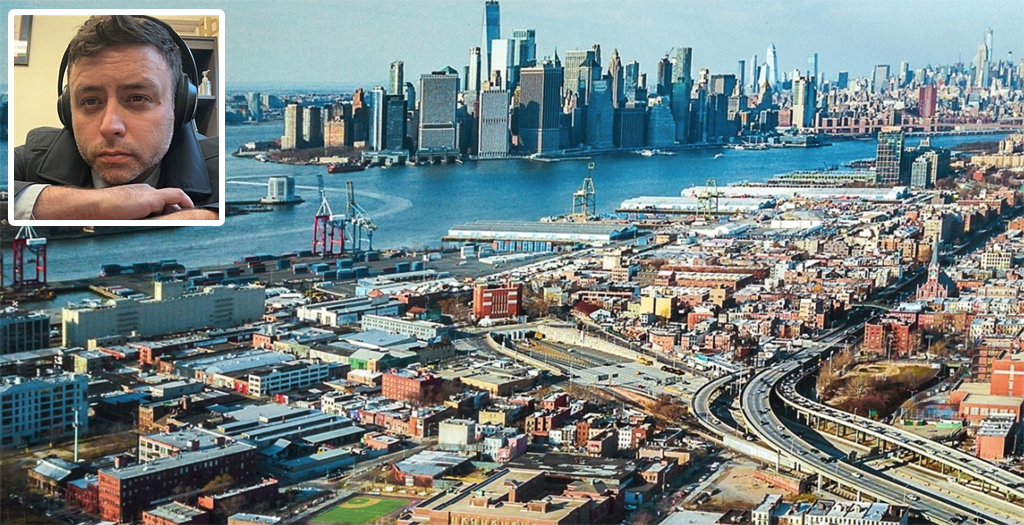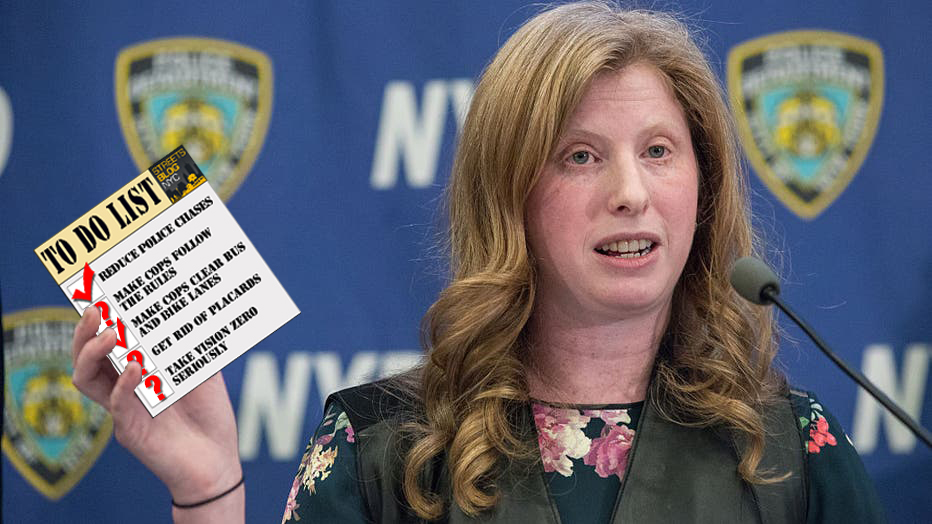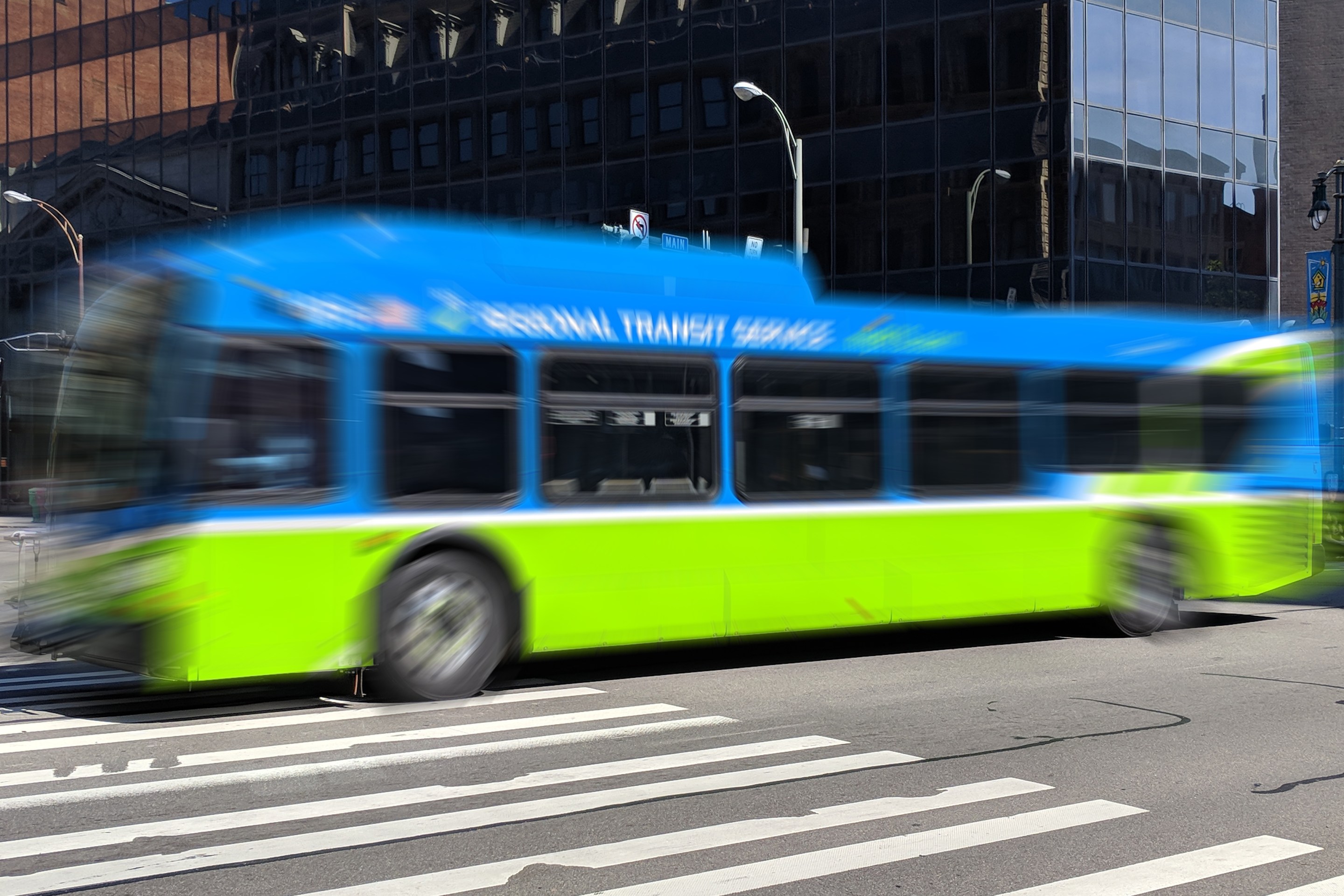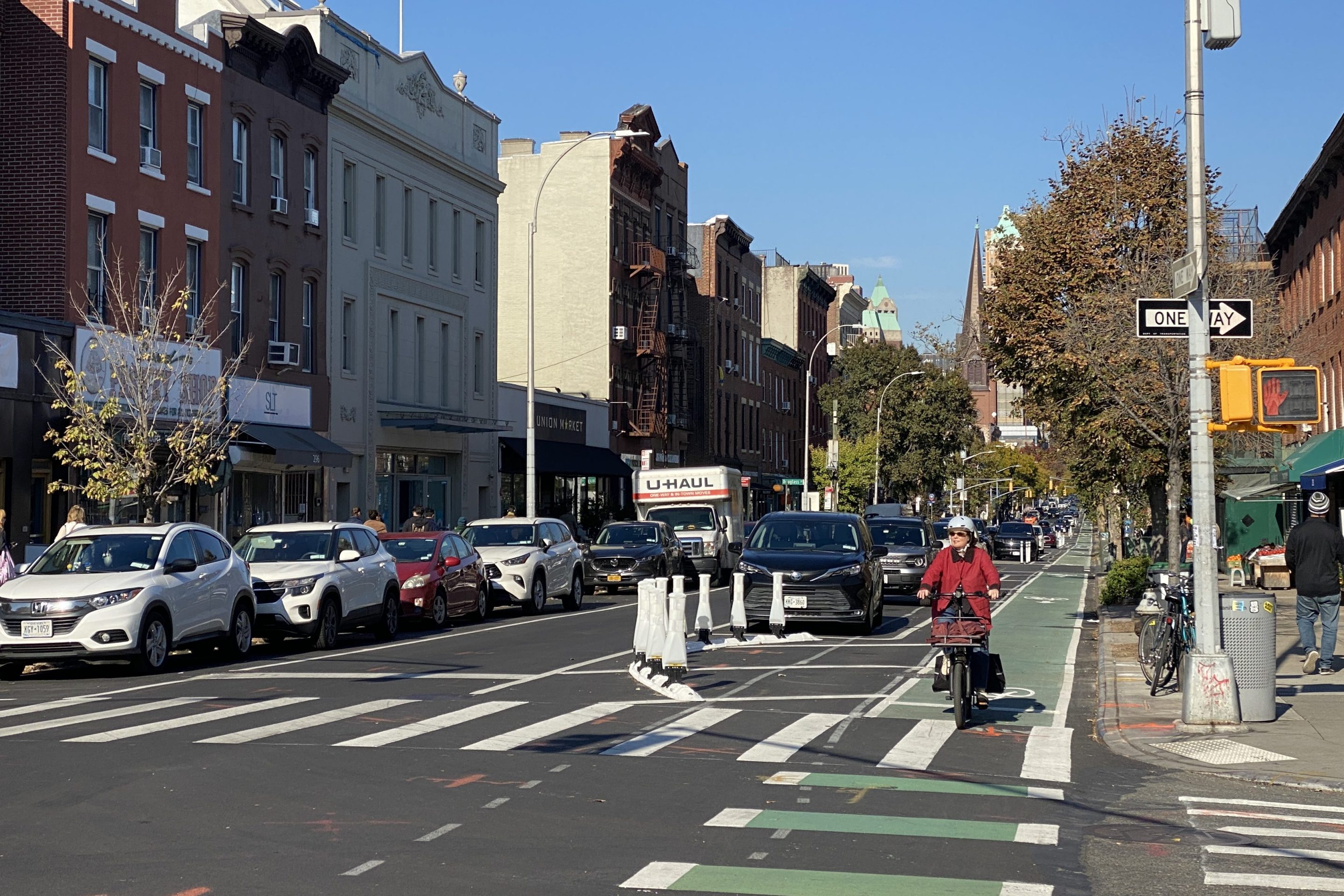A lot of critics of the Brooklyn Marine Terminal Vision Plan are complaining about the proposal without actually examining its details. After the Task Force approved the Vision Plan with a vote of 17 to 8, a two-thirds majority as required by the Task Force’s rules, I want to explain, on behalf of Brooklyn Community Board 6, why I voted yes.
From the moment I was appointed to the task force, I have taken the responsibility seriously, ensuring that CB6’s priorities were not only raised, but incorporated. The Vision Plan is not perfect, but it is not, as some critics have alleged, vague. It is a 15-year, three-phase framework that sets enforceable commitments around housing, climate resilience, transportation, and social services, while strengthening maritime and industrial uses.
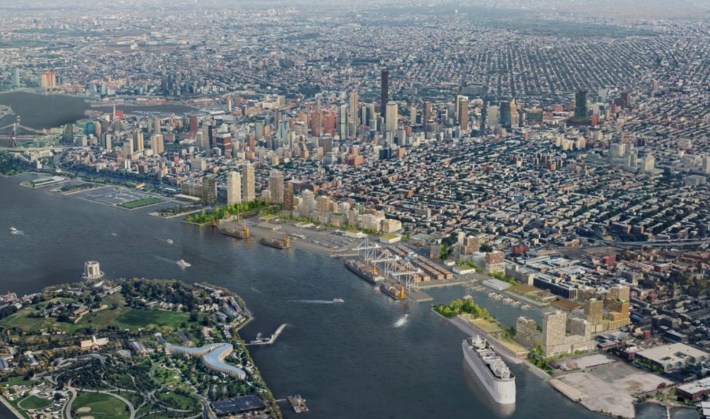
Housing is the most-pressing crisis facing New York City. The plan delivers up to 6,000 new homes, with 2,650 permanently below market rate at deep affordability levels, including 250 units reserved for NYCHA residents from the surrounding neighborhoods.
It also includes $75 million for affordable housing in Community District 6 and $200 million for repairs at Red Hook Houses. These commitments will build more than 3,600 affordable units, representing approximately 60 percent of the total housing. Just as important, housing will be built concurrently by multiple developers, with family-sized units required across both affordable and market-rate apartments. These are hard-won protections designed to avoid the mistakes of Atlantic Yards.
READ A CONTRARY VIEW FROM ASSEMBLY MEMBER JO ANNE SIMON
Climate resilience is built into the plan. The marginal pier will be raised to account for anticipated sea-level rise, and stormwater and drainage infrastructure will be implemented to reduce flooding. These measures will protect neighborhoods like Red Hook, which have faced decades of environmental neglect, and ensure that the waterfront is sustainable and ready for the future.
Transportation investments include pedestrian-first design, expanded ferry service, electric shuttles to connect residents to subways and ferries, and nearly a mile of improved greenway linking Red Hook, the Columbia Waterfront, and Brooklyn Bridge Park. The B71 bus is explicitly referenced, with a new commitment from the MTA, and Sen. Andrew Gounardes (D-Red Hook) secured a comprehensive study of how to improve circulation and street safety from the water to Clinton Street. These are tangible steps toward reconnecting Red Hook to the rest of the city.
Social services and workforce commitments include a workforce training center, a Project Labor Agreement, targeted NYCHA hiring, more than 225,000 square feet of industrial space at discounted rents, half of it managed by nonprofits, a new public school, expanded community facilities, and over 28 acres of new open space. These are investments in people, not just property.
Equally important is governance and accountability. Community Board 6 will be the first community board in New York City with a binding seat on a development corporation. That matters. It is not just a seat at the table that can be pulled away, but a guaranteed role in shaping and monitoring the plan over the next 15 years. The plan also allocates funding for legal support, enabling CB6 and other stakeholders to enforce commitments, particularly those related to affordable housing. This is a clear break from Atlantic Yards, where promises evaporated and accountability failed. Here, enforcement mechanisms are built in.
I understand skepticism and opposition. It pushed us to make the plan stronger, and it will continue to drive accountability as implementation unfolds. The Gowanus Rezoning and congestion pricing also faced loud opposition, but today they are broadly seen as necessary steps to address housing and sustainability. But most criticism of the BMT Vision Plan does not cite the plan, whose pages demonstrate enforceable commitments that align with the priorities of the broad coalition of area leaders, advocates such as Transportation Alternatives, unions, and civic groups.
After decades of neglect, the Brooklyn Marine Terminal finally has a path forward. This plan is for our district, the communities we serve, the Borough of Brooklyn, and the City of New York. That is why I voted yes.
